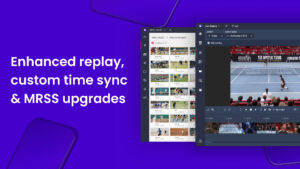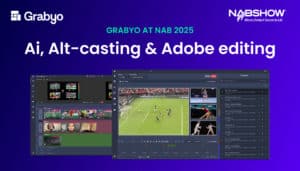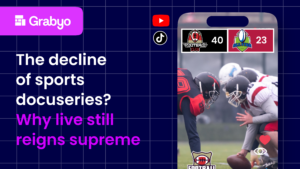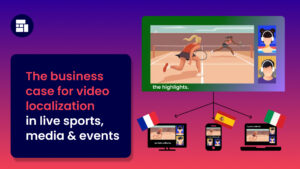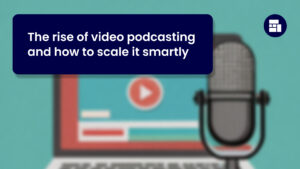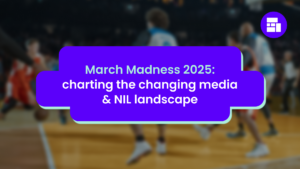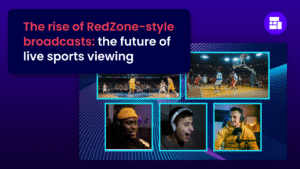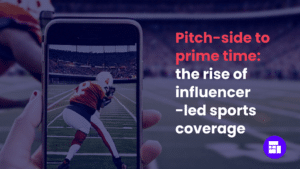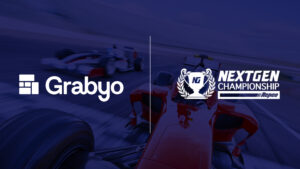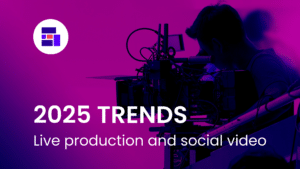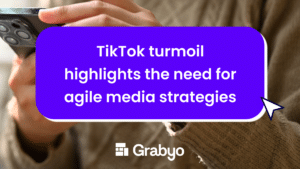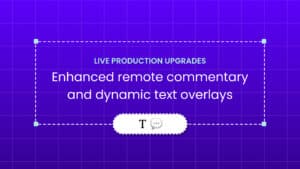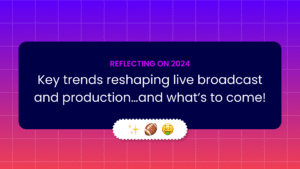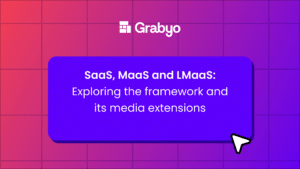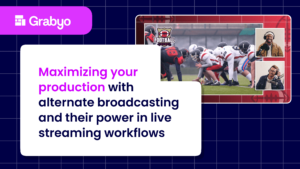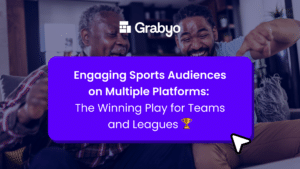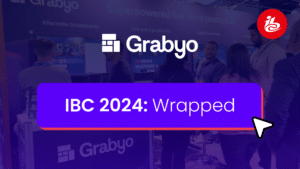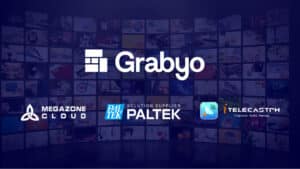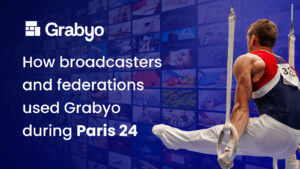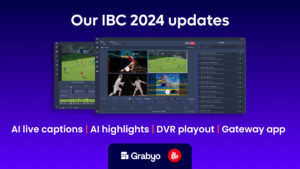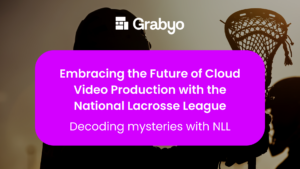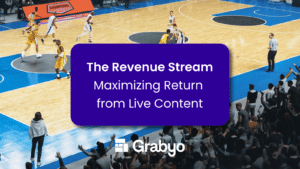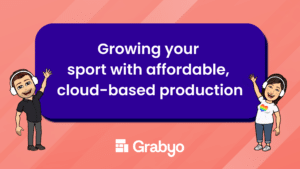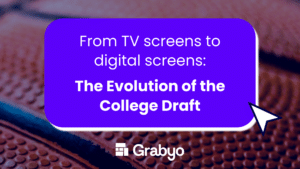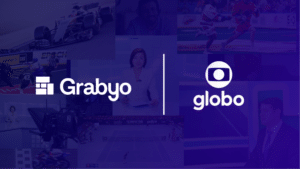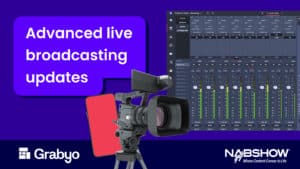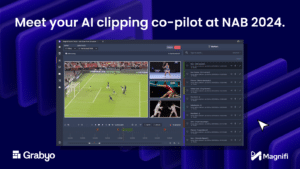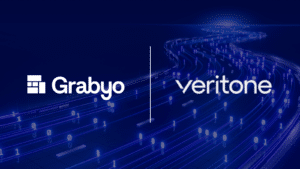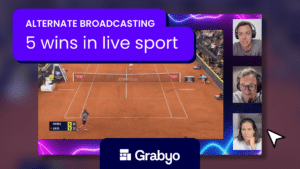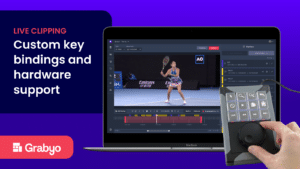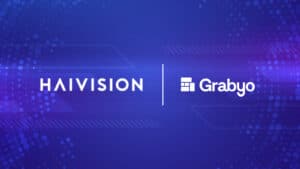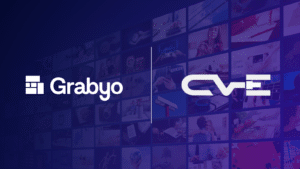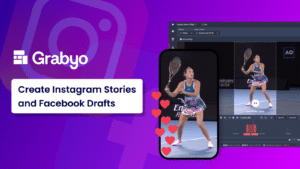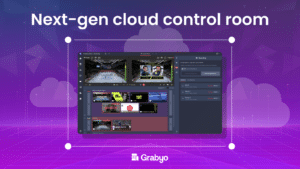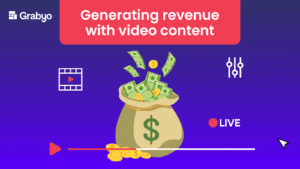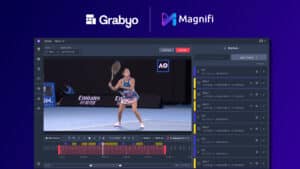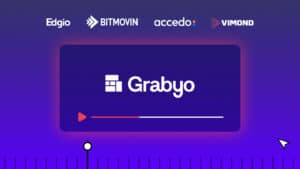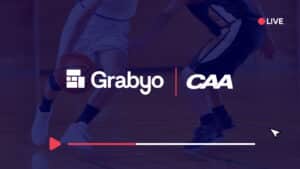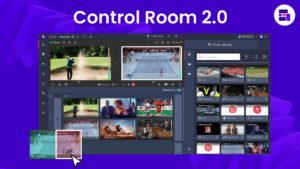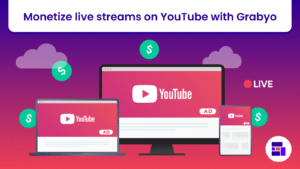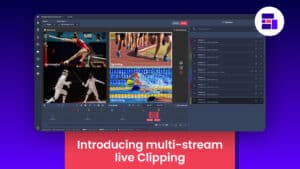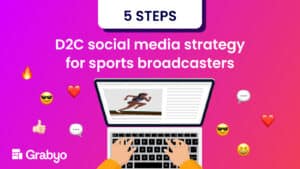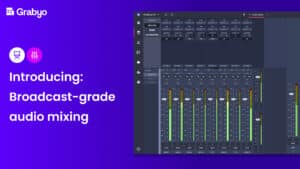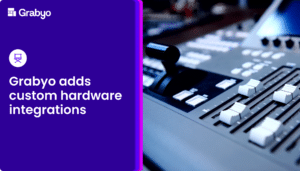
How is the Australian Open redefining live broadcast rights with AI and alternate formats?
Broadcast rights agreements don’t have to be a blocker to live digital content
We might only be a few weeks into 2025, but this year’s Australian Open (AO) is already reshaping the landscape of sports broadcasting through their pioneering use of artificial intelligence (AI) and motion capture technology. By creating an innovative alternate format via “digital twin” matches, streamed to YouTube with just a two-minute delay, the tournament has introduced an innovative solution to navigate traditional broadcasting rights restrictions. This bold experiment not only challenged the conventions of live sports media but also hints at a future where digital-first content formats and new technologies open doors to untapped audiences.
But this raises critical questions for digital teams. For instance, how will media rights, alternate formats, and digital streaming redefine the sports industry? What lessons can be taken from AO’s approach here? And what are the tools empowering teams to drive similar innovation? In this blog, we’ll explore the forces behind live digital programming in this context and how it’s shaping the future of sports broadcasting.
A new era in broadcasting rights
At the core of the AO’s strategy is a reimagination of how live sports content can be shared and consumed. By generating an animated Wii-like, AI-driven version of live matches, AO skirts the legal restrictions tied to traditional broadcast rights while offering a fresh and engaging viewing experience.
This approach preserves the exclusivity of live television broadcasts for legacy rights holders while creating opportunities to reach younger, tech-savvy audiences through platforms like YouTube, which has seen a 45% year on year growth in its sports content production. It’s a groundbreaking move toward more flexible and innovative licensing models, where technology and creativity work hand in hand to redefine the rules of broadcasting.
Interestingly, this isn’t the first time AO’s digital team has pursued this endeavour, with the AI technology debuting during last year’s tournament. While the visuals were less refined then, the technology has come a long way, garnering over four times as many views this year, proving its growing appeal and potential.
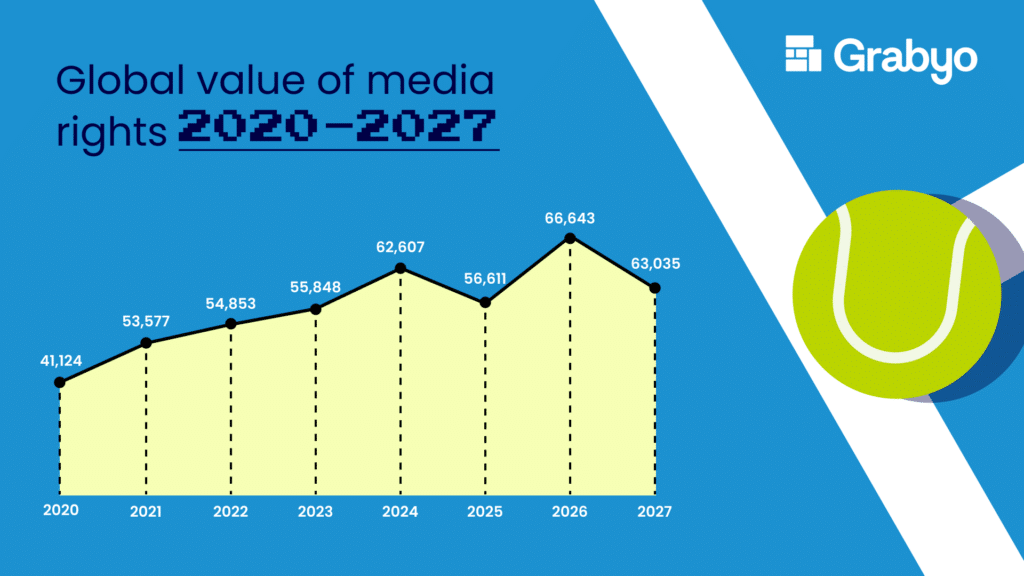
Key implications for sports and media
The increasing quality of AI-powered alt-casts opens exciting possibilities for how traditional “live” broadcasts and digital twins can coexist. As these alternate broadcasts become more realistic, they have the potential to complement live rights by offering fresh ways to engage diverse audiences. This development not only expands the definitions of authenticity and value in sports media but also provides opportunities for media rights holders to innovate, grow and realise new ad and sponsor revenue streams. By adapting their models to incorporate digital-first formats, broadcasters can enhance their offerings while preserving the exclusivity of live coverage, creating a harmonious balance between real and virtual experiences.
The rise of virtual formats resonates strongly with audiences accustomed to video games, immersive environments, and interactive experiences. While there were some engaging moments in AO’s alt-cast, including Daniil Medvedev’s now infamous animated tantrum, the execution still has room for growth in fully capturing the sport’s beauty and athleticism. Striking a balance between innovation and fidelity will be key to engaging both traditional fans and younger, digitally native viewers. Furthermore, organizations will need to adapt their coverage in order to explore how these formats coexist with traditional coverage while maximizing their appeal to diverse demographics.
For many digital teams, unlocking new revenue streams is a crucial challenge, and alternate formats like digital twins could hold the key. These innovations open doors to monetization through sponsorships, gamification, and subscriptions, offering fresh avenues to generate income. Brands can integrate themselves seamlessly into AI-driven experiences, creating new layers of engagement, while media teams can diversify their revenue without risking the exclusivity of live coverage. By rethinking licensing agreements and embracing these cutting-edge formats, broadcasters gain the tools to monetize, reach untapped audiences and solidify their competitive edge.
How digital and social teams can innovate
The AO’s approach is a blueprint for forward-thinking media teams seeking to innovate within the constraints of traditional broadcasting rights. Here’s how digital teams can adapt and implement similar strategies, from simple use cases, through to the more complex:
- Experiment with alternate formats Repurpose live content into dynamic, digital-first formats tailored for platforms like YouTube, TikTok, and Twitch. Consider options like alternate commentary streams, vertical versions, player perspectives, or interactive audience polls to engage a broader range of viewers.
In fact, utilizing existing broadcast feeds to produce alternative experiences and distribute to different destinations has never been easier. Examples include Nickelodeon’s takeover of the NFL, NBA’s “Dunk the Halls” initiative, F1 for kids, and the UFC’s vertical video set up across their digital channels. - Leverage AI for scalability Use AI to streamline workflows, from generating real-time highlights to producing localized commentary for global audiences. These efficiencies allow media teams to scale their operations without overextending their resources.
- Foster ecosystem collaborations Partnering with technology providers, creative agencies, and digital platforms can unlock access to cutting-edge tools and insights. Collaboration is essential for staying ahead in a rapidly evolving landscape.
- Analyze and adapt Use audience analytics to refine strategies and enhance engagement. Understanding viewer preferences will enable teams to create more impactful content and adapt to shifting consumption patterns.
This approach becomes even more compelling when considering that, according to Altman Solon’s 2024 Global Sports Survey, 66% of fans struggle to access their favourite sports, but 56% say they would watch more if accessibility were improved. By innovating and removing barriers, teams have a tangible opportunity to increase viewership and meet audience demand.
Where Grabyo fits in
Talking about removing barriers, as a leader in live cloud production and distribution, Grabyo provides the tools needed to bring alternate broadcasting to life. Alt-casting, or delivering multiple concurrent streams with unique perspectives, is a prime example of how Grabyo enables creative and cost-effective production workflows.
With Grabyo, digital and social teams can:
- Produce live alt-cast feeds: Easily re-purpose the main broadcast feeds to create new formats, such as localized commentary streams, watchalongs or other engaging fan-focused experiences Just ingest the feeds into Grabyo, and away you go, with no burden on the production crew
- Seamlessly distribute across platforms: From YouTube to TikTok and beyond, Grabyo’s flexible distribution tools ensure your alt-casts reach diverse audiences on different platforms who most likely will not be consuming the live broadcast
- Enhance viewer engagement: Incorporate interactive features like live polls, shoutouts, or tailored content to deepen connections with fans. Alt-casting with Grabyo also supports influencer-driven streams, helping teams tap into new markets and demographics.
- Maximize efficiency and scale: Grabyo’s cloud-based infrastructure reduces the need for on-site resources, enabling even small teams to deliver high-quality, scalable alt-casts.
- Monetize alt-casts effortlessly: Integrate sponsorships, branded content, and interactive ads directly into your digital broadcasts. Grabyo’s flexible production tools make it easy to create revenue-generating streams without disrupting the viewer experience.
Closing thoughts
The Australian Open 2025’s foray into AI-driven alternate broadcasts is more than just a technological milestone, it’s a paradigm shift in live sports media. By challenging traditional broadcasting norms, embracing new technologies, and reaching untapped audiences, AO is setting the stage for the future of sports storytelling.
For digital and broadcast teams, the takeaway is clear: innovation is no longer optional, it’s essential. By leveraging tools like Grabyo, experimenting with alternate formats, and embracing cutting-edge technologies, digital and media teams can complement the complexities of broadcasting rights while staying competitive in an ever-changing landscape. The path may not always be smooth, but bold creativity and strategic experimentation will shape the future of sports broadcasting.
Are you ready to take the next step?
